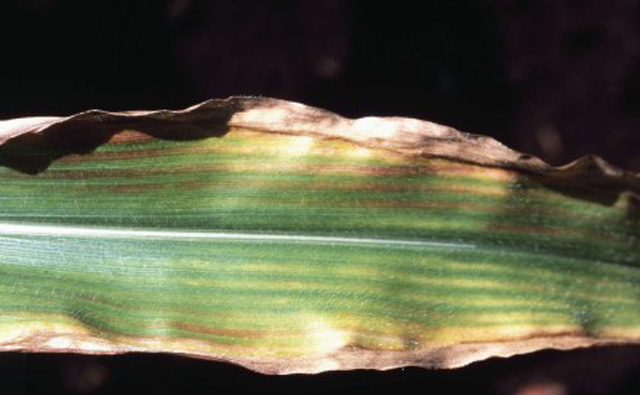Industry News, Agriculture & Feed
5 Steps For Identifying Nutrient Deficiencies This Summer

Industry News, Agriculture & Feed

As the summer growing season unfolds, the quest for ways to protect emerging crops is top of mind for many farmers. Dr. Robert Mullen, PotashCorp’s Director of Agronomy, has outlined five steps to help farmers to maximize yields by identifying nutrient deficiencies. These guidelines can help farmers accurately diagnose potential problems, take a corrective course of action and get them back to growing both yields and bottom line.
Scouting the field to visually identify exact problem areas is the first step. Nutrient deficient crops can often be identified by chlorosis, (yellowing within the leaf). Stunted growth or leaves that are smaller than usual are also cues farmers should look for. As a general rule of thumb, issues within the lower half of the plant (the older growth) usually signify deficiencies in nitrogen, phosphorus, potassium or magnesium. Issues with the upper half of the plant (the newer growth), can signify an inadequate supply of sulfur or micronutrient metals.
For example, a manganese deficiency in soybean plants will be visible in the upper part of the canopy in the new growth of the plant, but the leaf veins will retain their green color. Sulfur will cause chlorosis in the new growth.
Testing soil for nutrient deficiencies, also known as field diagnostics, is different than collecting soil information to maintain a fertility program. During the diagnostic soil testing process, farmers should collect samples from both the unaffected and affected soil areas. Ten to fifteen cores should be collected from both areas to get a full representation of each area.
The plant tissue analysis process is similar to diagnostic soil testing, as farmers should collect 10-15 samples from both the unaffected and affected areas. Two key times to collect samples are early in the season and midseason. When collecting early in the season, farmers should collect the entire plant. If collecting midseason, farmers should collect the uppermost leaves in the canopy of broadleaves and collect leaves right next to where the ears develop in corn.
If farmers have been able to document micronutrient issues in specific areas in the past, they could forego the first three steps and be prepared to apply fertilizer to deal with that issue.
During this step farmers should be aware that there is a chance some of their crops won’t show any symptoms, but the fields may produce yields that are lower than predicted. This is an indication of hidden hunger, which can be fixed by paying close attention to the soil test results.
After conducting steps one through four, farmers may arrive at a simple corrective course of action that will take care of the issues they’re experiencing. However, if farmers still aren’t sure where the problem lies, Dr. Mullen suggests taking an educated guess and applying test strips within the fields to see what takes care of the problem.
Some issues can be taken care of during the current growing season, such as micronutrient deficiencies that can be treated with a foliar application fertilizer. If dealing with macronutrient issues, such as phosphorus or potassium, farmers should consider waiting to make applications after harvest to satisfy the crops’ demand for the next growing season.
After conducting this process there is a chance not every problem will be solved, but these five-steps will help get yields back on the right track. For more information, view this video from Dr. Mullen on the eKonomics website.